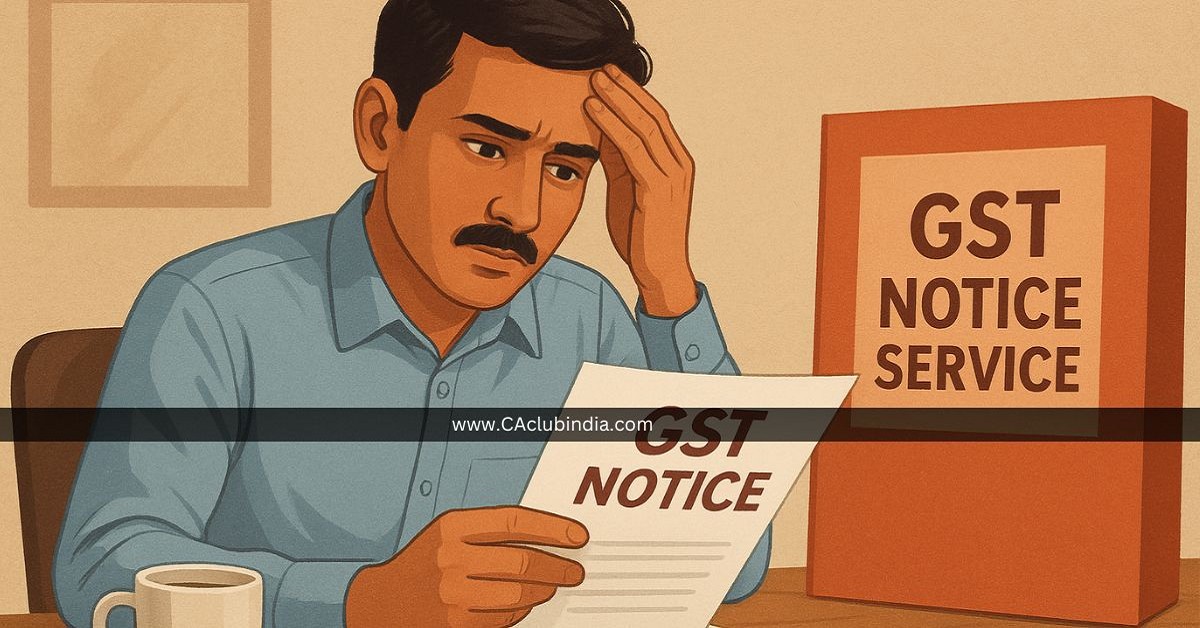In a horde of matters, especially in Tamil Nadu, the taxpayers were unaware of the proceedings because the show cause notice and the assessment order were only uploaded on the GST portal; they were neither physically delivered nor sent by registered post. Now the contest was against the ex parte orders, especially because there is a huge liability of 10% pre-deposit. Ironically, from 1st October 2025, even on penalty orders. Hence, let's understand the issue.
Section 169 outlines various modes of service of decisions, orders, summons, or notices
- Direct delivery
- Registered post
- Portal upload
- Newspaper publication (in specific cases)

All these are legally valid, but their effectiveness depends on context especially when crucial tax demands are at stake. Rule 142(5) of the CGST Rules, 2017 provides that an order under Section 73, Section 74, Section 76, Section 129, or Section 130 of the CGST Rules, 2017 shall be uploaded electronically on the common portal. Hence, uploading on the GST portal is a valid mode of service under Section 169 of the CGST Act, 2017. However, when repeated notices via the portal receive no response, it is expected that there is a duty of the assessing officer to explore alternate methods of service (also prescribed under Section 169).
Fulfilling mere procedural formalities, without ensuring that the notice has effectively reached the taxpayer, defeats the purpose of fair adjudication and increases unnecessary litigation. Ex parte orders waste not only the taxpayer's time but also that of the department, appellate forums, and judiciary.
This said, the Madras High Court, in the case of Tvl. Jai Infotech v. Deputy State Tax Officer set aside the impugned assessment order and remanded the matter back to the tax officer for fresh consideration. However, the directions included:
- The petitioner must deposit 25% of the disputed tax within two weeks.
- The petitioner must submit a detailed reply and supporting documents.
- The officer is required to issue a 14-day notice for a personal hearing before deciding the matter afresh.
This brings us to a few important pointers:
- In case taxpayers say that physical delivery is important in addition to online uploading, then the reverse question is whether a delivery to the AR or physical delivery will be sufficient or uploading on the portal is also necessary. In our view, both are important.
- In the case of regular taxpayers, the departmental officers may also be served by post and e-mail, especially in cases where they find that at one stage, like ASMT-10/DRC-1A, the taxpayer has not reverted.
- Overall, it is felt that in case 2 or more modes are used by the department to serve the notices, it would not be held against them.
- Taxpayers, on the other hand, must be vigilant on the portal and e-mail notices.








 CAclubindia
CAclubindia

